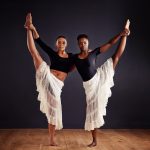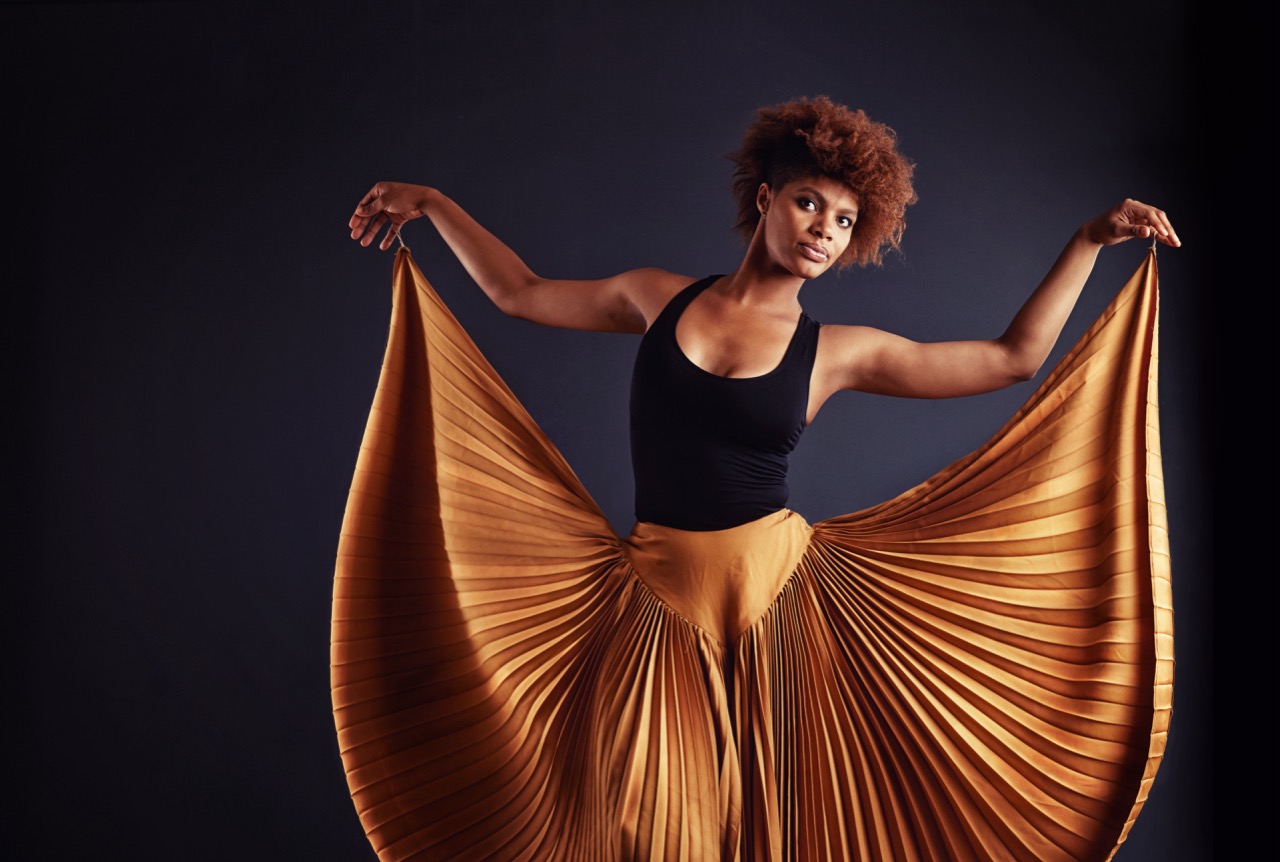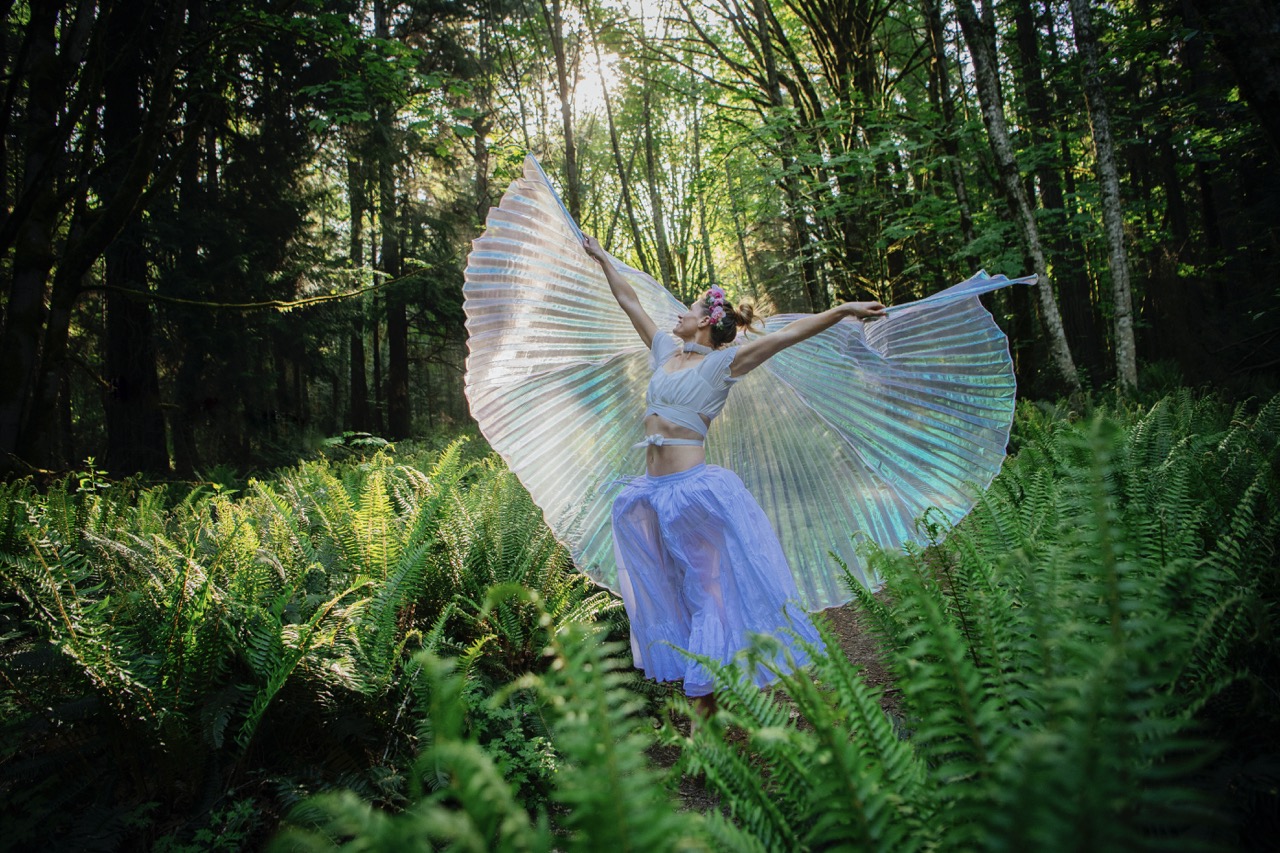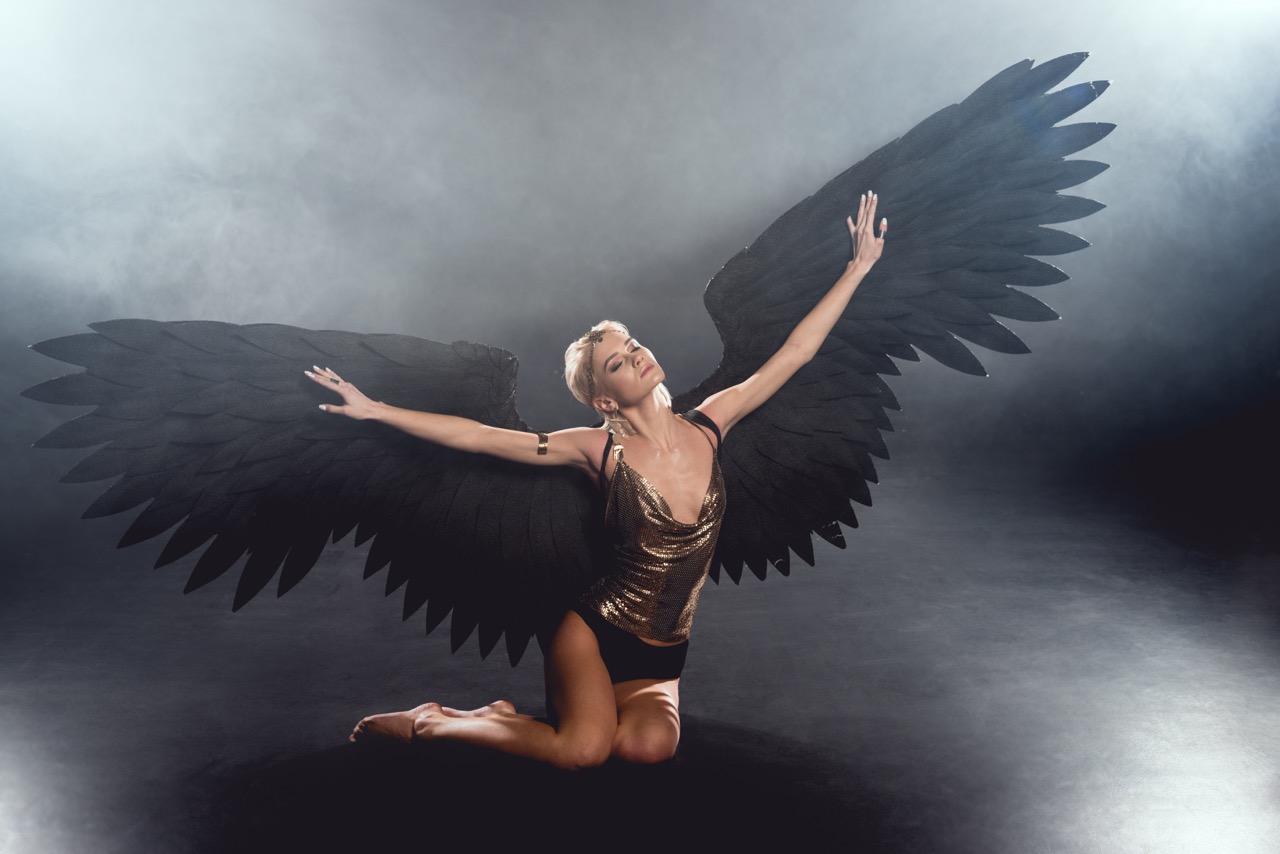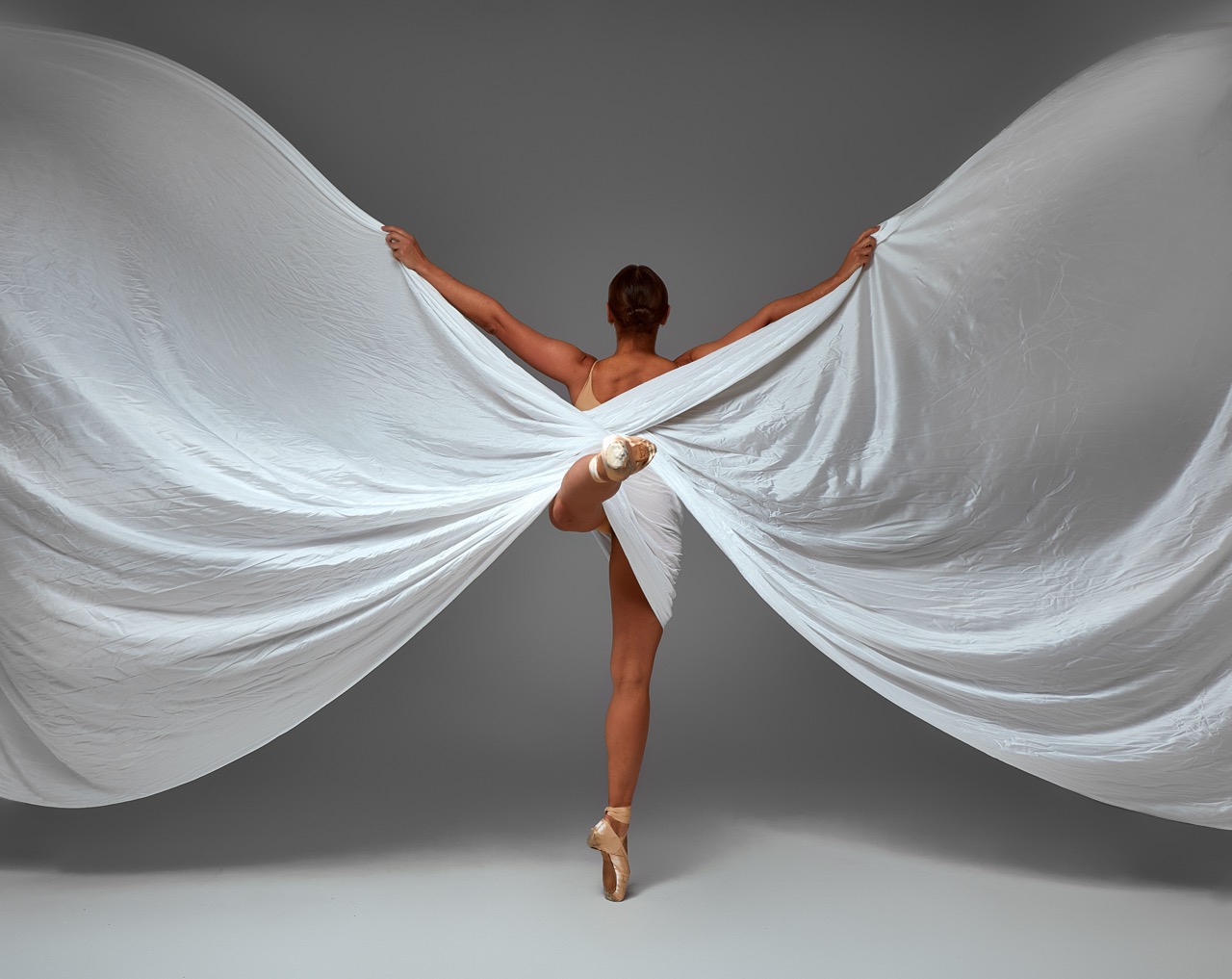In a world increasingly enamored with technology and screen time, the art of dance stands out as a vibrant avenue for children to explore their creativity, build confidence, and develop essential social skills. Engaging with dance at a young age offers myriad benefits that extend beyond the dance floor, influencing a child’s emotional, social, and cognitive development. This article delves into the multifaceted advantages of learning dance early in life, showcasing how this expressive art form nurtures well-rounded individuals.
Unlocking Creativity: Dance as a Form of Expression
Dance serves as a unique canvas for children to showcase their imagination and emotions. From the fluid movements of ballet to the energetic rhythms of hip-hop, each dance style provides a platform for self-expression. When children engage in dance, they learn to communicate feelings that may be difficult to articulate with words. This non-verbal communication fosters creativity as kids explore various styles, movements, and interpretations of music. By experimenting with their bodies, they learn that expression can be as diverse and dynamic as their thoughts.
Moreover, the process of learning choreography allows children to interact with their creativity in structured ways. As they memorize steps and routines, they are encouraged to think critically about how to interpret the music and convey a story through movement. This practice not only enhances their artistic abilities but also instills a sense of ownership over their creations. The freedom to improvise and explore different movements further nurtures their inventiveness, empowering them to innovate and take risks—a skill that translates into other areas of life.
Dance also provides a safe space for children to explore their identities. In a world that often imposes rigid expectations, dance allows them to break free from societal norms and express their true selves. Whether they are experimenting with styles that resonate with them or collaborating with peers to create unique performances, children discover the joy of being authentic. This exploration of personal identity fosters a lifelong appreciation for the arts, encouraging children to embrace their creativity even as they grow into adulthood.
Building Confidence: The Transformative Power of Movement
The journey of learning to dance invariably contributes to a child’s self-esteem and confidence. As they master new skills and perform in front of an audience, children experience a sense of accomplishment that reinforces their belief in their abilities. Each successful performance, whether in a studio recital or a school talent show, acts as a stepping stone, bolstering their self-worth and encouraging them to take on new challenges. This growing confidence often spills over into other areas of their lives, helping them tackle everything from academics to social interactions with greater assurance.
Additionally, dance inherently requires persistence and resilience. Learning complex routines and developing technical skills can be challenging, but the process teaches children the value of hard work and dedication. They learn that mistakes are part of the learning journey, and with each misstep, they gain the resilience necessary to improve and succeed. This mindset fosters a sense of grit, encouraging them to pursue their goals and aspirations, both on and off the dance floor.
As children advance in their dance journey, they often take on leadership roles, such as leading a group routine or mentoring younger peers. These opportunities further enhance their confidence by allowing them to embrace responsibility and showcase their knowledge. The skills they cultivate through dance—self-assuredness, leadership, and the ability to inspire others—become invaluable assets that shape their character and influence their future endeavors.
Fostering Social Skills: Dance as a Collaborative Art
Dance is inherently a communal experience that emphasizes collaboration and teamwork. Whether in a dance class, rehearsal, or performance, children learn to work together toward a common goal. This collaborative spirit fosters friendships and enhances their ability to communicate effectively with peers. Through group practices, children develop essential social skills, such as active listening, empathy, and conflict resolution, which are crucial for building strong relationships.
Engaging in dance with others also presents opportunities for children to celebrate diversity and inclusivity. Dance styles from various cultures introduce them to different perspectives and traditions, broadening their understanding of the world. As they learn to work with diverse groups, children cultivate an appreciation for varied backgrounds and experiences. This exposure fosters open-mindedness, teaching them to respect and embrace differences, which is vital in today’s multicultural society.
Moreover, the camaraderie developed in dance classes creates a supportive environment where children feel valued and accepted. Celebrating each other’s successes and encouraging one another during challenges fosters a sense of belonging. This supportive atmosphere not only enhances their social interactions but also nurtures emotional well-being. As children celebrate their individual and collective achievements, they build lasting friendships that provide a solid foundation for their social development.
Enhancing Cognitive Development Through Rhythm and Motion
Engaging in dance is not merely an artistic endeavor; it also significantly enhances cognitive development. The intricate choreography and the need to remember sequences stimulate the brain, promoting memory retention and cognitive functioning. Children learn to process information quickly, improving their ability to concentrate and focus—skills crucial for academic success. The rhythmic patterns and musicality involved in dance further sharpen their auditory and spatial awareness, enriching their overall cognitive abilities.
Additionally, dance encourages critical thinking and problem-solving skills. As children learn to interpret music and translate it into movement, they engage in creative thinking that enhances their ability to approach challenges from multiple angles. This artistic analysis mirrors the analytical skills required in academic settings, enabling children to apply their dance experiences to various intellectual pursuits. The process of experimenting with choreography also fosters innovation, allowing them to develop unique solutions to artistic challenges.
Finally, the physical demands of dance promote neurological connections that aid in brain development. Movement stimulates the release of neurotransmitters and hormones that enhance learning and emotional regulation. As children engage in dance, they develop coordination, balance, and motor skills, all of which contribute to their physical health and cognitive growth. This holistic approach to learning nurtures well-rounded individuals who are prepared to face academic and life challenges with confidence and resilience.
In conclusion, the benefits of learning dance at a young age are profound and far-reaching. Dance not only unlocks creativity and builds confidence, but it also fosters essential social skills and enhances cognitive development. By integrating dance into the lives of children, we provide them with an invaluable tool for personal growth and expression. As they twirl, leap, and move to the rhythm, they are not just learning an art form; they are cultivating skills and experiences that will serve them well throughout their lives. Investing in dance education is ultimately an investment in the holistic development of our children, preparing them to navigate the complexities of the world with grace and confidence.




